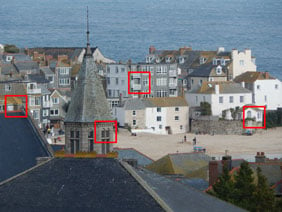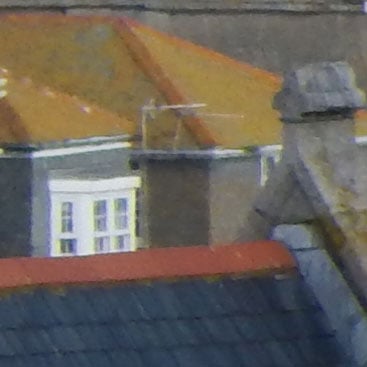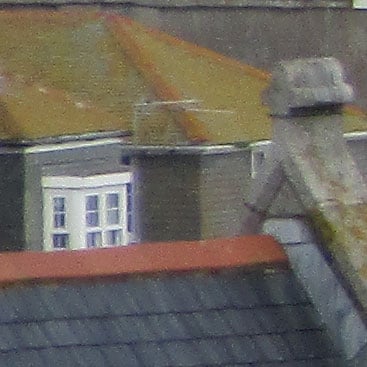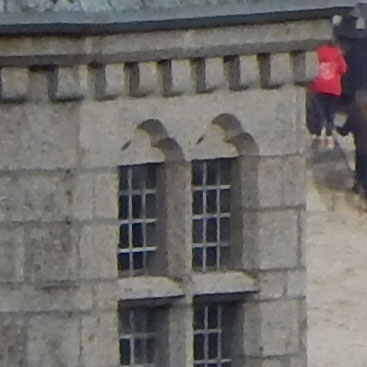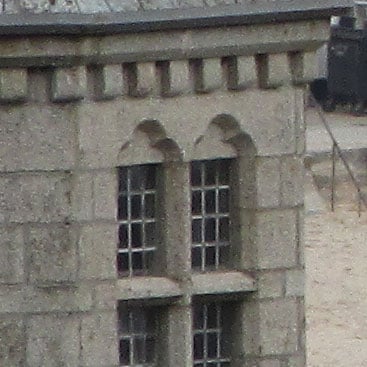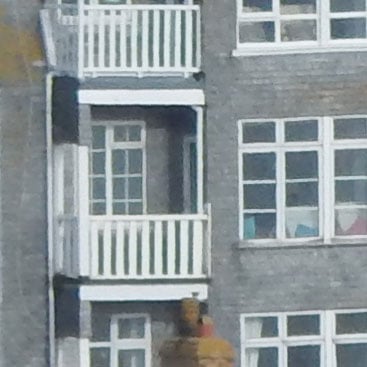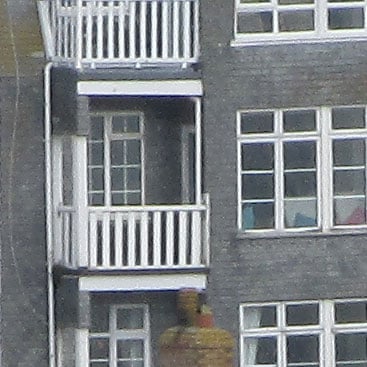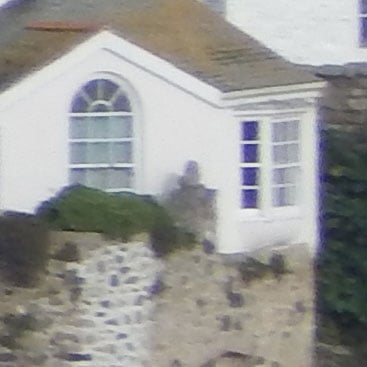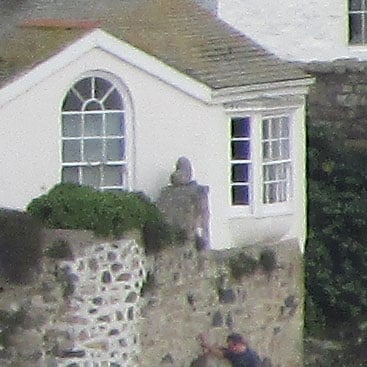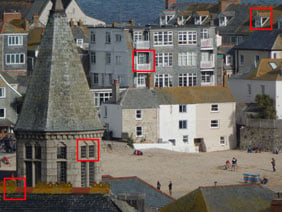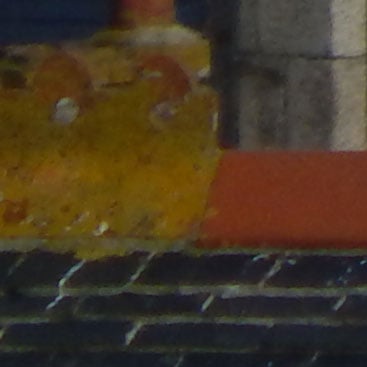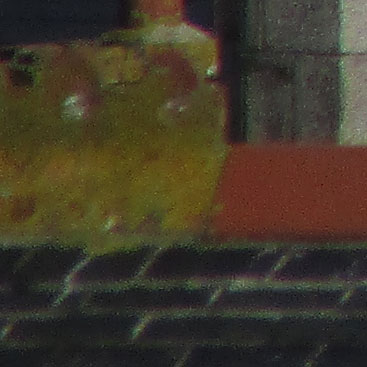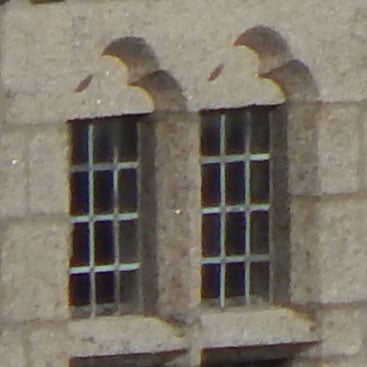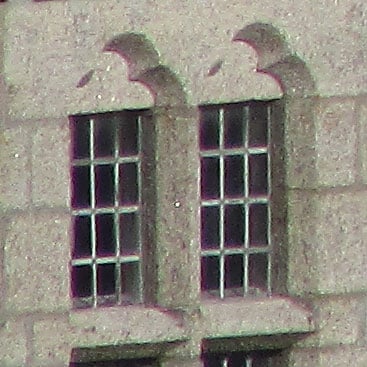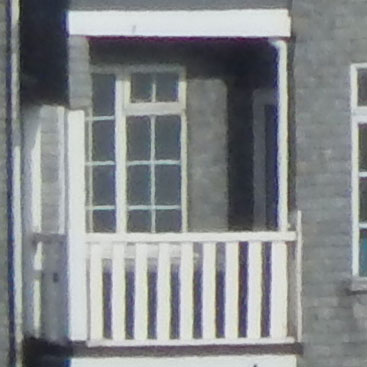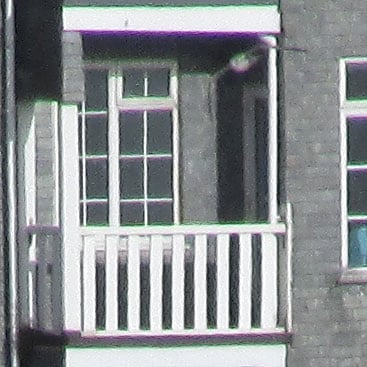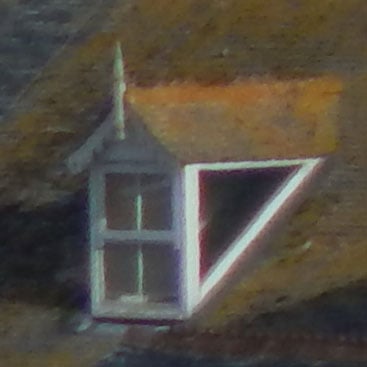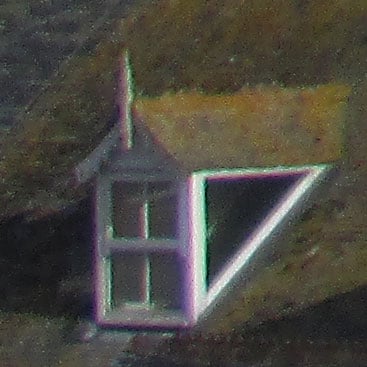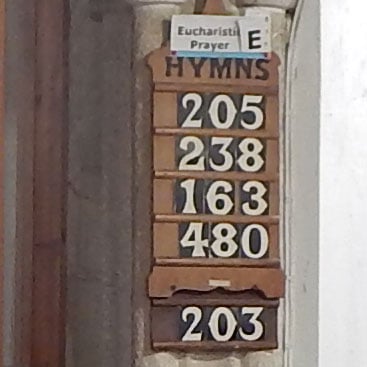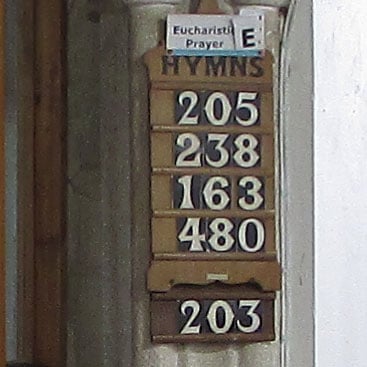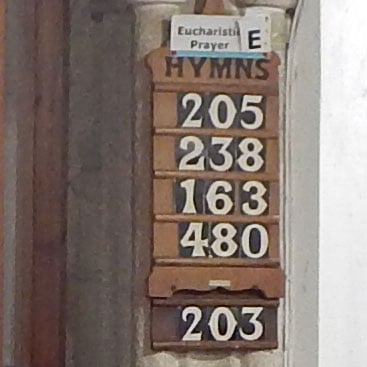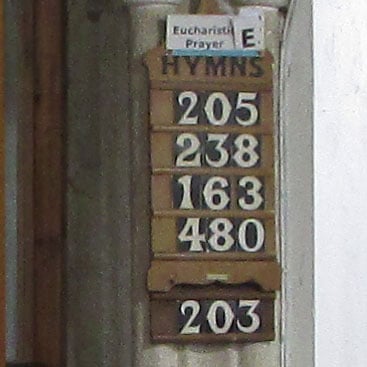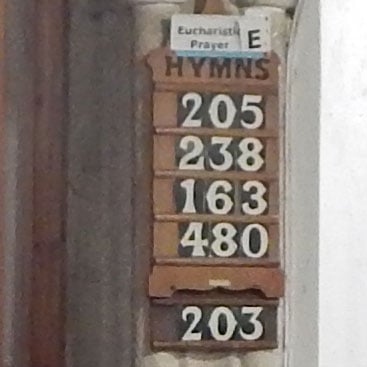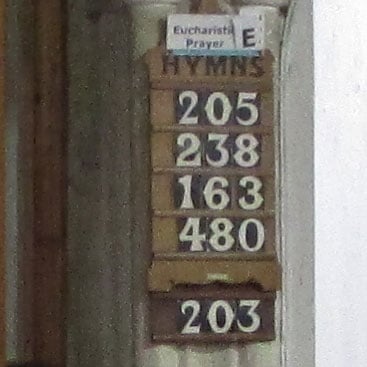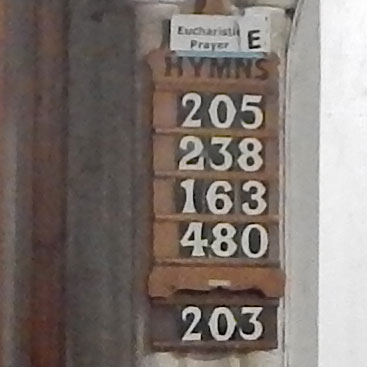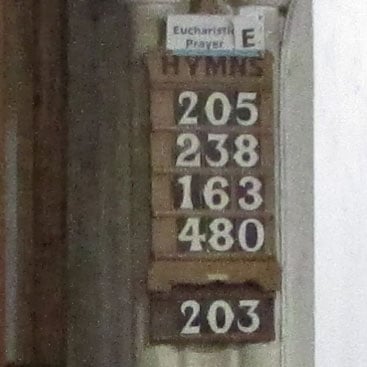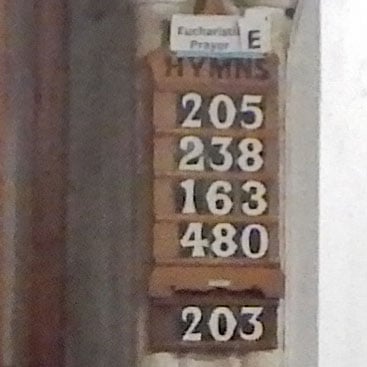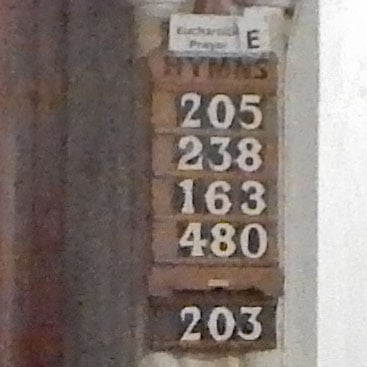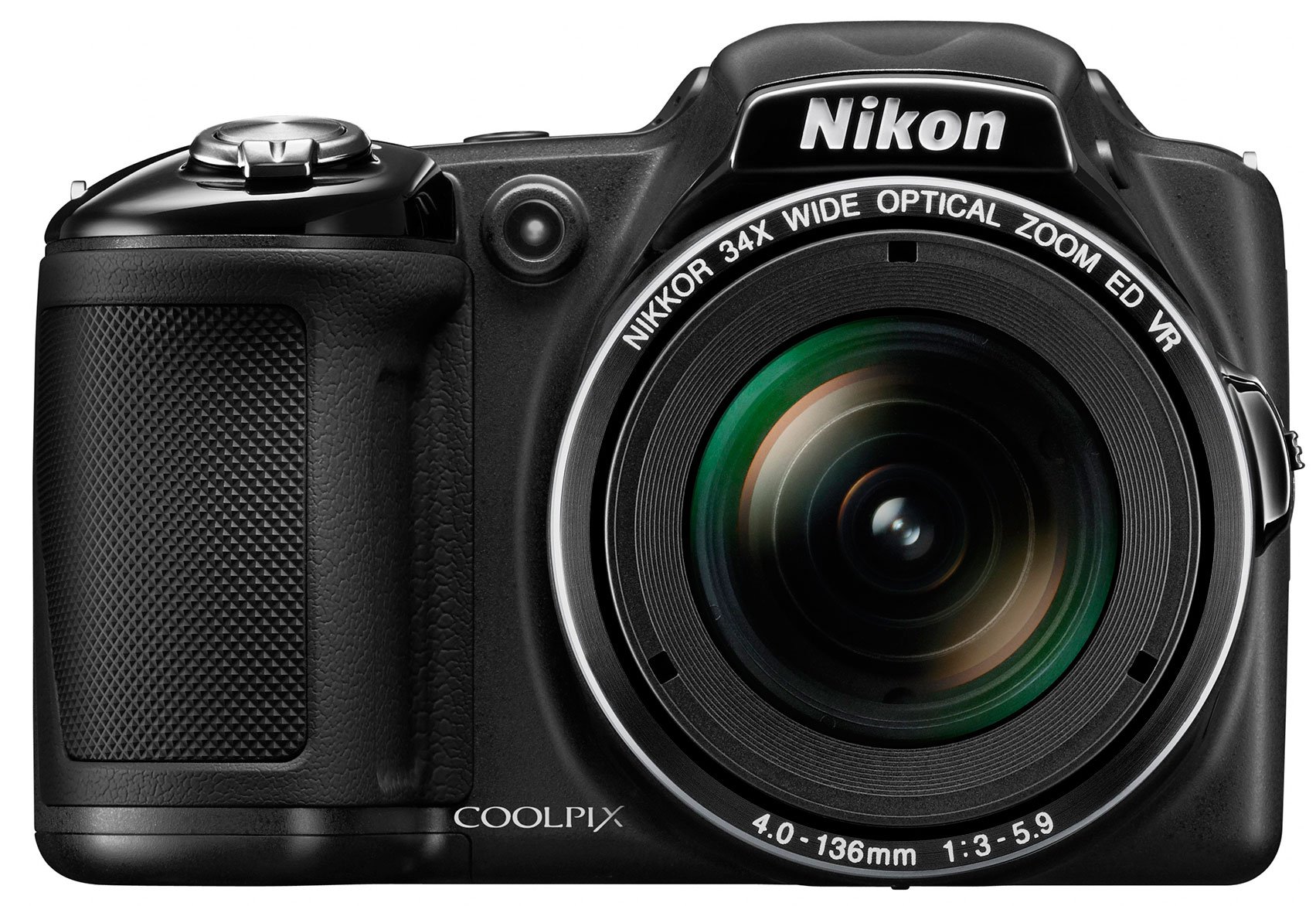
Nikon COOLPIX L830 review
-
-
Written by Gordon Laing
Quality
|
Nikon COOLPIX L830 | Canon PowerShot SX400 IS | |
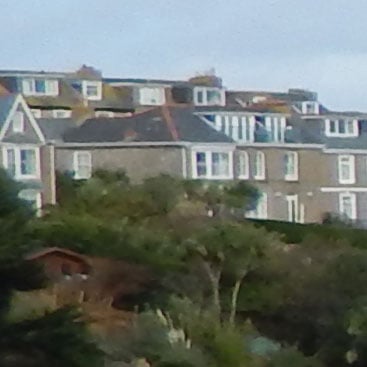 | 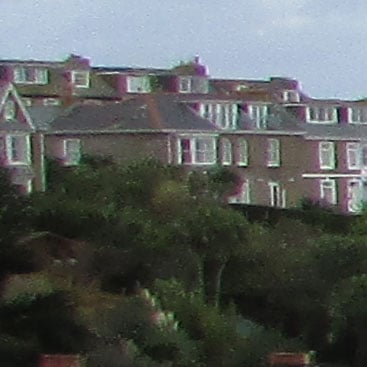 | |
f3.1, 125 ISO | f4, 100 ISO | |
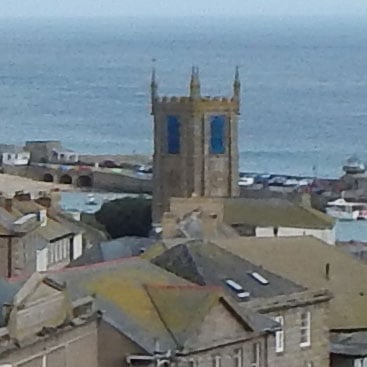 | 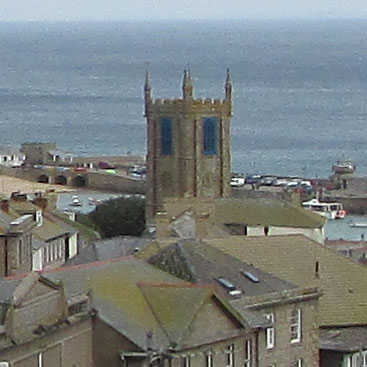 | |
f3.1, 125 ISO | f4, 100 ISO | |
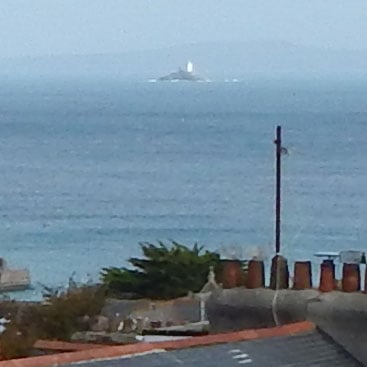 | 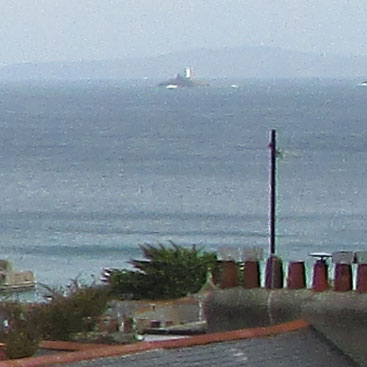 | |
f3.1, 125 ISO | f4, 100 ISO | |
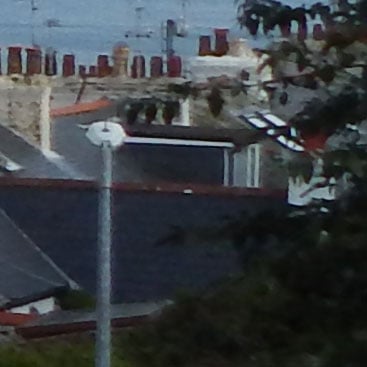 | 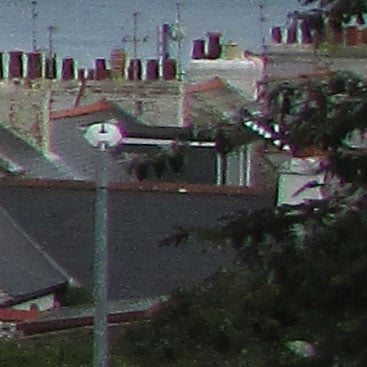 | |
f3.1, 125 ISO | f4, 100 ISO |
Nikon COOLPIX L830 vs Canon PowerShot SX400 IS quality at approx 420mm
For this next test I zoomed both cameras in to an equivalent focal length of around 420mm. As before they’re both in Program Auto mode and the crops are indicated by the red areas opposite. At roughly the mid-point of the COOLPIX L830’s focal range it produces another reasonably good quality set of crops. As at the wide-angle setting, the crops from the edges are softer than those from the middle of the frame but now the difference is a little more pronounced. And the final crop from the right side of the frame is suffering a little from colour fringing. The best crop from the COOLPIX L830 is the third one. This is pretty much from bang in the middle of the frame and there’s a good level of detail with nicle clean edges on all of those white horizontal and vertical lines. Once again, the crops from the Canon PowerShot SX400 IS are crisper and more detailed but are marred by an overall salt and pepper texture. If I were printing these images full size I think I’d prefer the slight softness of the COOLPIX L830 over the hard grainy PowerShot SX400 IS result. Having said that, the SX400 IS images looks better at smaller sizes than the COOLPIX L830 and it’s more consistent across the frame.
Nikon COOLPIX L830 vs Canon PowerShot SX400 IS quality at 765mm and 720mm respectively
For this final test I zoomed the COOLPIX L830 to its 136mm (765mm equivalent) maximum focal length. I did the same thing with the PowerShot SX400 IS which has a maximum 129mm (720mm equivalent) focal length. The difference between the two in terms of view angle is smaller than you might think and, as you can see from the crops, despite being zoomed in a little further, the crops from the COOLPIX L830 show approximately the same area with the same sized detail. At its maximum telephoto focal length the COOLPIX L830 is still producing good quality crops though there’s no change in the slight softness that affects them all, paricularly at the edge of the frame. One change here is that the COOLPIX L830’s lens, which up untill now has exhibited hardly any colour fringing, is showing signs of chromatic aberration, most obviously in the final two crops. The PowerShot SX400 IS crops are consistent with those at the shorter focal lengths; which is to say consistently sharp and grainy across the frame. The PowerShot SX400 IS lens also seems prone to chromatic aberration at this focal length, only to a much greater degree than the COOLPIX L830. There’s quite severe colour fringing on all but the first of the SX400 IS crops.
|
Nikon COOLPIX L830 vs Canon PowerShot SX400 IS noise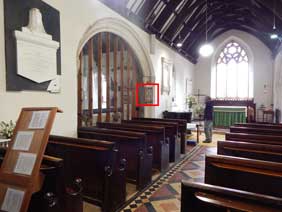 To compare noise levels under real-life conditions , I shot this scene with the Nikon COOLPIX L830 and the Canon PowerShot SX400 IS within a few moments of each other using their best quality JPEG settings at each of their ISO sensitivity settings.Both cameras were set to their respective Auto modes and the COOLPIX L830’s lens was zoomed in a touch to match the 24mm equivalent wide angle of the PowerShot SX400 IS. To compare noise levels under real-life conditions , I shot this scene with the Nikon COOLPIX L830 and the Canon PowerShot SX400 IS within a few moments of each other using their best quality JPEG settings at each of their ISO sensitivity settings.Both cameras were set to their respective Auto modes and the COOLPIX L830’s lens was zoomed in a touch to match the 24mm equivalent wide angle of the PowerShot SX400 IS.The above shot was taken with the Nikon COOLPIX L830 in Auto mode. For these tests both camers were placed on a tripod and stabilisation was disabled. The cameras were otherwise left on their default settings. With the sensitivity set to its base 125 ISO the L830 selected an exposure of 0.6s at f3.1. The Canon PowerShot SX400 IS, set to it’s base 100 ISO sensitivity metered an exposure of 0.8s at f3.4. You can’t see any noise textures in the 100 ISO crop from the COOLPIX L830, but the detail does have a smooth, soft quality to it that’s indicative of noise suppression. That said, the detail looks good and the edges are clean. The 200 ISO crop also looks very good, in the sense that there’s not much difference between it and the 100 ISO crop. Even at 400 ISO, though there’s a little bit of a granular texture creeping in now, the detail holds up well and the overall quality is still more than acceptable. At 400 ISO things are beginning to look mottled and the image detail is softer still. But the edges are still clean and the text is more than legible. It’s the very fine detail in the stonework that’s absent, but then it’s very sketchy even in the 100 ISO crop. At 800 ISO the text and the edges are beginning to suffer, but you’d still just about get away with this at or close to full sized reproduction. By 1600 ISO though, the noise is proving too much even for the COOLPIX L830’s impressive noise processing and things are starting to look grainy as well as soft and smoothed. This is still a very acceptable result for a compact at 1600 ISO though. And the 3200 ISO setting, normally a horrible fuzz of noise obscuring a smidgeon of actually image data, is quite impressive. Compared with the crops from the Canon PowerShot SX400 IS, I’d say there’s a qualitative difference in the lower sensitivity range, but little between them in terms of noise. The first crop from the SX400 IS is at 100 ISO, slightly lower than the base setting of 125 ISO on the COOLPIX L830. The SX400 IS crop isn’t soft like the COOLPIX L830 one opposite. There is some noise visible, but I think the difference is due as much to differences in noise processing, rather than sensor output. It’s the same story as you progress up the sensitivity scale, the Canon SX400 IS crops are sharper and a little more contrasty with harder edges and are also more granular. But by 1600 ISO I think the COOLPIX L830 is looking better than the SX400 IS one, and of course the L830 has the option of a very useable 3200 ISO setting available. Now head over to my Nikon L830 sample images to see some more real-life shots in a variety of conditions or head straight for my Nikon L830 verdict.
|
